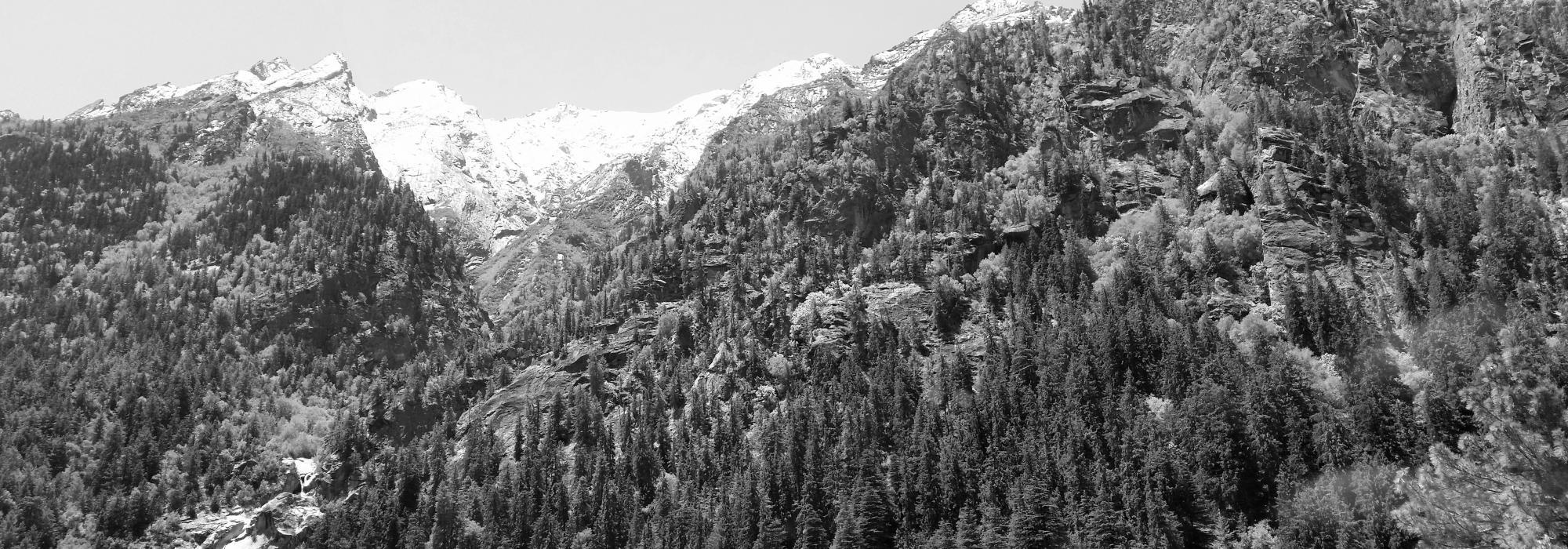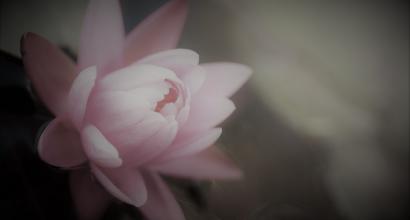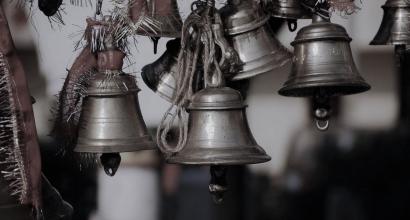Thoughts on Politics
Shivaswami Iyer sided with the Moderates in politics. This party was known as the ‘Liberals’. He did not like the extremists and did not appreciate the path taken by Tilak and others. He subscribed to the views of Gokhale, Dadabai Navaroji, Ranade and others. In his view, the ideas of Mahatma Gandhi were very impractical and insane. He never missed an opportunity to say that Gandhi’s path would only dig grave for India.
In 1940, a meeting of the Liberals took place in Madras. I suggested a topic that could be taken up for discussion in the meeting, namely - the future of the regional regal states. Shivaswami Iyer opposed my idea. We even had a heated discussion on the topic. It would not be wrong to say that Shivaswami Iyer’s face turned red with anger. If he was not so dark complexioned, the redness would have been even more apparent to everyone’s eyes. I don’t know how my face appeared in that situation. I was, after all, a youngster and I had even dared to argue with him! – I repented for my audacity. T.R Venkatarama Shastri, who had some concern and interested in the topic I had suggested, was a close associate of Shivaswami Iyer and was an elderly person. He brought cease fire and consoled us. There were others around too when the discussion happened. One of them was Sir C.P. Ramaswami Iyer. C.P invited Shivaswami Iyer and me to his house and gave us a grand treat. We forgot our quarrel.
Regional Governance
In those days, all the leaders of British India hadviews on princely states and regional governance that were similar to those of Shivaswami Iyer. It was for this reason that I often ended up having arguments with them. In one of the gatherings in Pune, Sir Tejbahaddur Sapru and I had a heated debate. It is now a closed chapter.
Shivaswami Iyer’s arguments can be summarised as follows – “We have tremendous difficulties being citizens of British India. If we try taking on the burden of these regional princely states too, it will only add to our worries. We shall not resort to it currently. We have already fallen into a river in spate and are trying to catch our breaths. If we take on the load of the regional states too, we are surely going to drown. Keep aside such thoughts and concerns for the time being. Don’t meddle with our ideas. Once we successfully swim across the current and reach the shores, we will be able to rescue you too. Till then, don’t ask us about your [regional states’] future.”
Nehru would not accept the two sided nature of this problem. The British co-operated with his urgency. Mountbatten, the Viceroy did not care for the princely states, though the regional lords had depended solely on him for their future. Nobody cared for the people who belonged to the princely states. Turning India into a single nation destroyed the identity of the princely states. They were erased forever from history.
An incident comes to my mind that can demonstrate how Shivaswami Iyer’s mind worked. A conglomeration of the liberals was planned. A few points were prepared in the form of a document, which was to be presented in the conference. The members of the team had assigned the responsibility of preparing the rough draft of the document to Shivaswami Iyer. One of the aspects that was to be discussed was related to military. It was the British who were ruling the country in those days. The British were not willing to give the sole authority of the army to the Indians
A Two-sided Trouble
Everyone was aware of this mentality of the British. Would they easily hand over the charge of the army to the Indians? What would an independent country that has no control over its own army mean? There can be no state without a military force. Thus, we were to demand for independence in handling the armed forces too. What is the means to procure it? Without achieving this, we cannot be a free country.
Shivaswami Iyer had thoroughly inspected the department concerned with the Indian military forces. He had taken a note of the number of divisions and sub-divisions of the army, the different levels of hierarchy, the necessary materials, weapons, vehicles and all other related aspects. It was also common for people to poke fun at his thorough knowledge of the Indian military forces.
People spoke amongst themselves – ‘He is a brāhmaṇa, a Sanskrit scholar and a traditionalist. He is also a lawyer, adept at posing arguments in the court and someone who loves a peaceful life – how did he gain so much knowledge about the army? How did he get so much of enthusiasm and interest?
Let us now look into the two-faced trouble that Shivaswami Iyer had to face. He was dictating the points that had to be presented in the above mentioned conference. Someone was taking them down. He thought for a while before every phrase and sentence. He would stop after a couple of phrases and say – “Please wait a moment”. He would then think in the following manner – “It is only fair to ask for fifty per cent of the official positions in the military for the Indians. The British won’t agree for so much. They might agree if we ask for about twenty five per cent. However, that is too little and does not suffice at all. Shall we ask a third of the positions? That too is less. In that case, we can argue for a share between fifty and thirty per cent. Will they agree on forty per cent? Isn’t that too much to ask for, keeping in mind our own capabilities?"
Conscience
He thought in this manner. There was no one to give the shares he was considering. Moreover, there was no one who had estimated the Indian’s calibre. Yet, Shivaswami Iyer’s conscience had to be convinced about it. It did not matter if it was easy or difficult; necessary or unnecessary; it had to be lawful. What is this law? It was synonymous with Shivaswami Iyer’s conscience and he had to convince the being within himself
निन्दन्तु नीतिनिपुणाः यदि वा स्तुवन्तु|
न्यायात्पदात् प्रविचलन्ति न धीराः॥
Those who are brave in their head and heart never budge from the path of law, irrespective of whether they are condemned or lauded by the experts of law.
A conference was not something that Shivaswami Iyer would take lightly. He never heeded to public opinion at the cost of his own conscience.
During his last days, Shivaswami Iyer called his favourite scholar, Ramachandra Shastry and asked him to recite the verses from Śrīmadbhāgavatam that described the message Rukmiṇī-devī had sent to Śrī Kṛṣṇa. He drew his last breath while listening to these and a couple of other verses from the Bhāgavatam.
Concluded
This is the first essay in D V Gundappa’s magnum-opus Jnapakachitrashaale (Volume 6) – Halavaru Sarvajanikaru. Thanks to Sandeep Balakrishna and Hari Ravikumar for their edits.











































